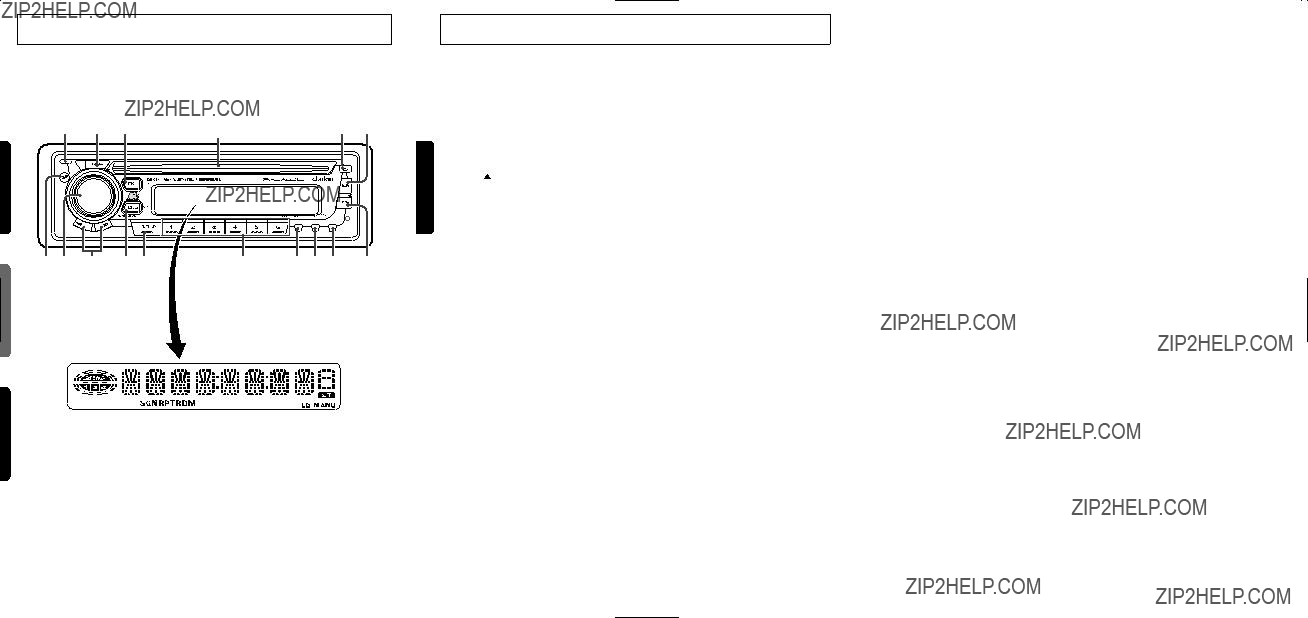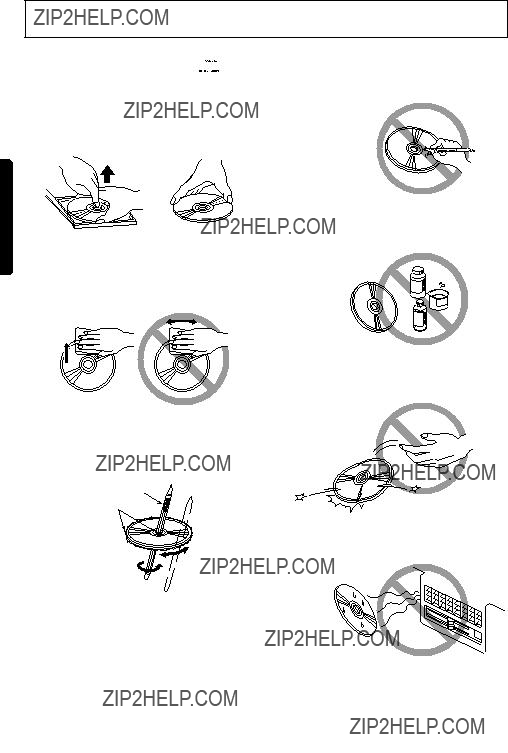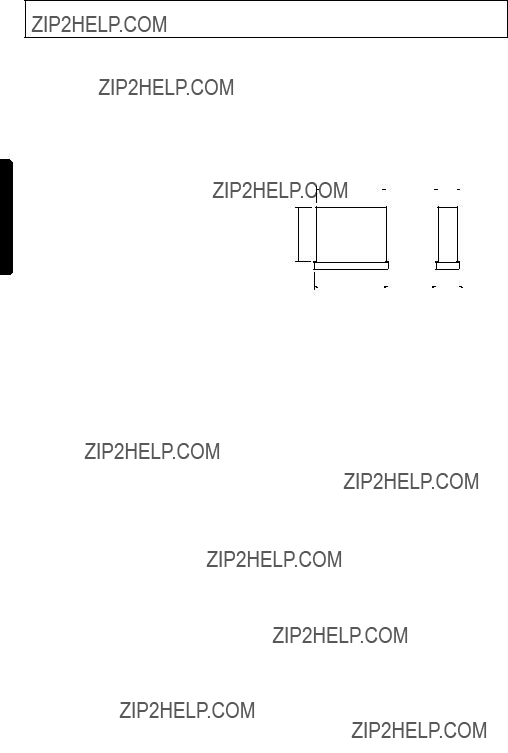
Owner???s manual Mode d???emploi
1. PRECAUTIONS
Manual de instrucciones
1.When the inside of the car is very cold and the player is used soon after switching on the heater, moisture may form on the disc or the optical parts of the player and proper playback may not be possible. If moisture forms on the disc, wipe it off with a soft cloth. If moisture forms on the optical parts of the player, do not use the player for about one hour and the condensation will disap- pear naturally to allow normal operation.
2.Driving on extremely bumpy roads which cause severe vibration may cause the sound to skip.
3.This unit uses a precision mechanism. Even in the event that trouble arises, never open the case, disassemble the unit, or lubricate the rotating parts.
This equipment has been tested and found to comply with the limits for a Class B digital device, pursuant to Part 15 of the FCC Rules. These limits are designed to provide reason- able protection against harmful interference in a residential installation. This equipment gen- erates, uses, and can radiate radio frequency energy and, if not installed and used in accor- dance with the instructions, may cause harmful interference to radio communications. However, there is no guarantee that interfer- ence will not occur in a particular installation. If this equipment does cause harmful interfer- ence to radio or television reception, which can be determined by turning the equipment off and on, the user is encouraged to consult the dealer or an experienced radio/TV technician for help.
English
Clarion Co., Ltd.
DB315
AM/FM CD PLAYER
???
RADIO
???
RADIO AM/FM Y REPRODUCTOR CD
 CAUTION
CAUTION
USE OF CONTROLS, ADJUSTMENTS, OR PERFORMANCE OF PROCEDURES OTHER THAN
THOSE SPECIFIED HEREIN, MAY RESULT IN HAZARDOUS RADIATION EXPOSURE.
THE COMPACT DISC PLAYER SHOULD NOT BE ADJUSTED OR REPAIRED BY ANYONE
EXCEPT PROPERLY QUALIFIED SERVICE PERSONNEL.
MODEL
INFORMATION FOR USERS:
CHANGES OR MODIFICATIONS TO THIS PRODUCT WILL VOID THE WARRANTY AND WILL
VIOLATE FCC APPROVAL.
Be sure to unfold and read the next page.
Veuillez d??ployer et vous r??f??rer ?? la page suivante.
Cerci??rese de desplegar y de leer la p??gina siguiente.
DB315 2

 and
and  ) Buttons
) Buttons 

 ) Button MUTE Button
) Button MUTE Button







 mark. No other discs can be played.
mark. No other discs can be played.
 CAUTION
CAUTION



 CAUTION
CAUTION
 AA
AA 

 CAUTION
CAUTION







 : Playback will start from the next track.
: Playback will start from the next track. : Playback will start from the beginning of the track currently playing. When this button is pressed again, the CD will play from the previous track.
: Playback will start from the beginning of the track currently playing. When this button is pressed again, the CD will play from the previous track. : To
: To  : To
: To 

